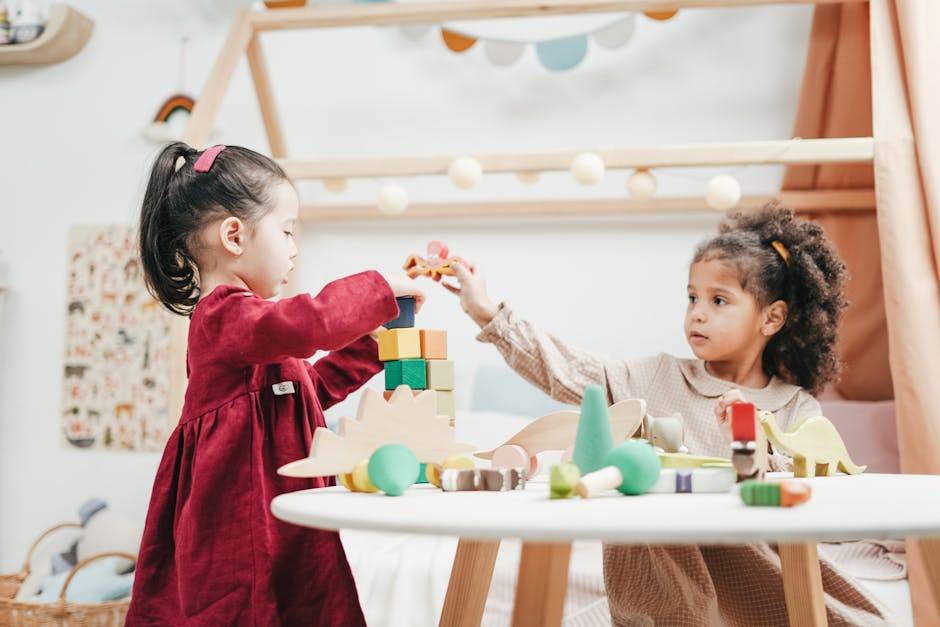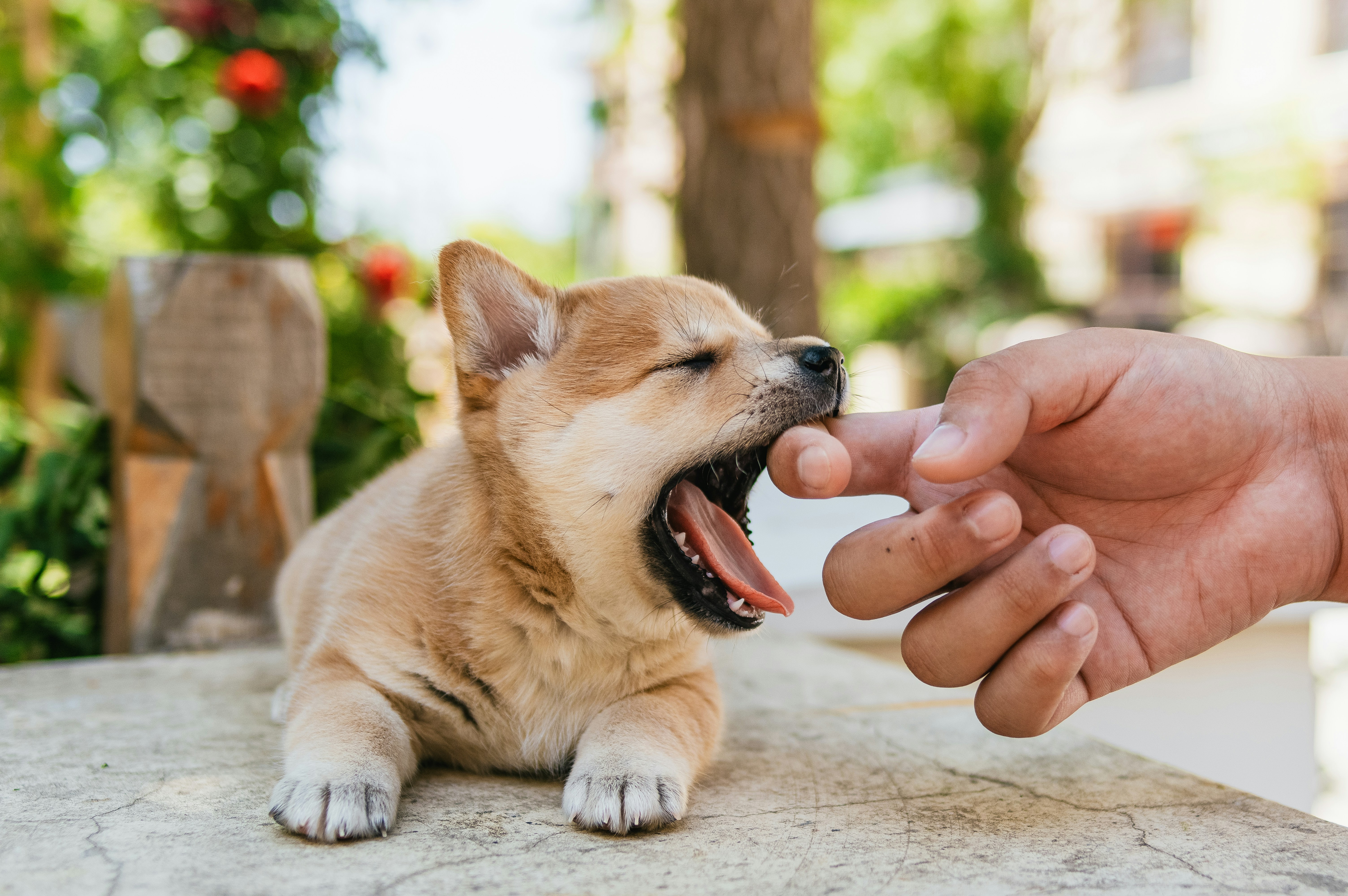Harness Color Perception: Pet Training with Visual Cues Today!
Understanding how our pets perceive color can be a transformative tool in effective training, enhancing not only their learning abilities but also the bond you share. With this unique approach, you can use the psychology behind color perception to create engaging and effective training cues. Imagine a world where a simple change in hue can make all the difference in your pet’s response—it’s exciting, isn’t it?
In this article, we’ll explore how color affects how pets learn and communicate, practical tips for incorporating colorful cues into your training routine, and ultimately, how to foster deeper connections.
The Science of Color Perception in Pets
To begin, let us delve into the fascinating world of color perception as it relates to our furry companions. Unlike humans, who are generally trichromatic (possessing three types of color receptors), most pets, particularly dogs, are dichromatic. This means they perceive colors differently. For instance, dogs can see blue and yellow hues, but struggle with red and green, blending them into shades of gray.
Cats, similarly, see a limited range compared to humans, although they perceive a higher contrast between colors. Understanding this can help pet owners choose the right visual cues for effective training. For a deeper dive into how pets interpret the world around them, visit The Emotional Palette: Unraveling Your Pet’s Color Preferences.
Utilizing Color in Training Cues

Implementing Color-Based Commands

Finding ways to incorporate visual cues that leverage your pet's color perception can revolutionize training sessions. For instance, consider using brightly colored toys or training markers to represent different commands. If a dog responds more effectively to yellow than to green, using a yellow ball could signal “fetch” while a blue mat might signify “stay.” Tailoring colors to your pet’s preferences ensures they understand what is expected of them.
As you select colors, prefer those that contrast well with the environment. For example, bright colors against green grass or light-colored floors can stand out, making learning easier for your pet. Remember to practice consistently so that the connection between the color and the behavior becomes ingrained.
Colorful Rewards: The Power of Positive Reinforcement

We know that positive reinforcement is crucial in training pets. By using colored treats, toys, or even color-coded rewards systems, you can create a visually stimulating form of encouragement. For instance, offer a specific type of treat that is yellow for completing a command successfully. This strategy connects both the color and the act of receiving a reward, making it an enjoyable experience for your pet.
Choosing the Right Training Tools

Visual Training Tools

Some tools specifically designed for pet training can help incorporate color into the learning process. Colorful clickers can be a game changer. Choose one that stands out visually, making the click sound even more noticeable with a pop of color during training. Pair these tools with other elements like lights or posters featuring your chosen colors to reinforce visual cues in a multi-sensory way.
Additionally, consider colorful, interactive toys that reward your pet for correct responses. Options that change color as the pet interacts can further enhance engagement and fun!
Toys and Accessories to Enhance Training

Utilizing toys that match your color scheme for commands is a brilliant way to foster engagement. For instance, using different colored fetch balls for different commands can bring a fresh spin on playtime while obeying commands. Brands that focus on colorful, interactive products like KONG or Chuckit! have great options.
Explore how toys can be used as training tools by checking out Gamifying Pet Training: Boost Cognitive Skills and Bonding.
Color and Pet Behavior

Emotional Influence of Color

Did you know that colors can affect your pet’s mood? Research suggests warm colors like red and yellow can increase excitement, while cooler colors like blue might have a calming effect. This can be practically applied in training for faster results.
If your pet gets anxious or fidgety during training, consider surrounding them with cooler colors to help them feel relaxed. In contrast, if you want to energize your pet during a play session, bring out toys in red or bright yellow.
To delve more into the emotional connections formed through colors and how they influence pet training, consider checking sources like Harvard Business Review's article on the Psychology of Color.
Observing Color-Coded Responses

Just as colors affect emotions and behavior, creating color-coded tasks can lead to pattern recognition in your pet. For example, use a green toy in association with a specific command and note your pet’s response. Dogs and cats are quick learners when they can associate visual cues, and the directness of color can make communication clearer.
Variations in Color Sensitivity Across Breeds

Understanding that different breeds have varied sensitivities to colors enables tailored training. Breeds like Border Collies might respond enthusiastically to vivid colors, while others could be less visually engaged. Therefore, being adaptable in selecting colors that resonate with your pet is essential—don’t hesitate to try new hues!
To dive into the differences in canine behavior, see Global Dog Training: Unique Approaches to Pet Behavior for additional insights.
Building a Stronger Bond Through Color-Coded Training

Creating a Visual Vocabulary

To strengthen your bond with your pet and enhance training, consider establishing a visual vocabulary based on colors. As you introduce new commands, associate them with specific colors, creating a unique training language. This method not only makes training intuitive for your pet, but it also enhances the connection you share.
Engaging the Senses

Alongside color, incorporating textures, sounds, and scents into your training regime can create a well-rounded learning experience. For example, using toys or training tools that have different textures and sounds can amplify your pet's engagement levels. As you move forward, let colors guide you, and watch your pet thrive emotionally and cognitively!
Tips for Effective Color-Based Training

- Start with familiar colors: Choose colors that you know your pet is attracted to.
- Be consistent: Use the same colors consistently for the same commands.
- Keep training sessions short: Short, engaging sessions help maintain focus.
- Use rewards: Combine colors with treats or toys to strengthen positive associations.
Next Steps: Embracing Color in Your Training Routine
As you embark on incorporating color perception into your pet training, keep in mind that each animal is unique. Patience is essential—observe your pet's reactions and adjust accordingly. Whether you’re just beginning or looking to deepen your training techniques, leveraging the influence of color can make training more fun and beneficial for both you and your pet.
In conclusion, understanding and utilizing the different aspects of color perception could perhaps be the missing puzzle piece to unlock your pet’s full potential. Enhancing communication doesn’t just make training achievable; it also nurtures the bond with your beloved companion—ensuring a happier, well-adjusted pet.
For further resources on how you can enhance your pet's well-being and training techniques, consider reading through our blogs like Explore Canine Cartography Games and Master the Art of Pet Communication.



